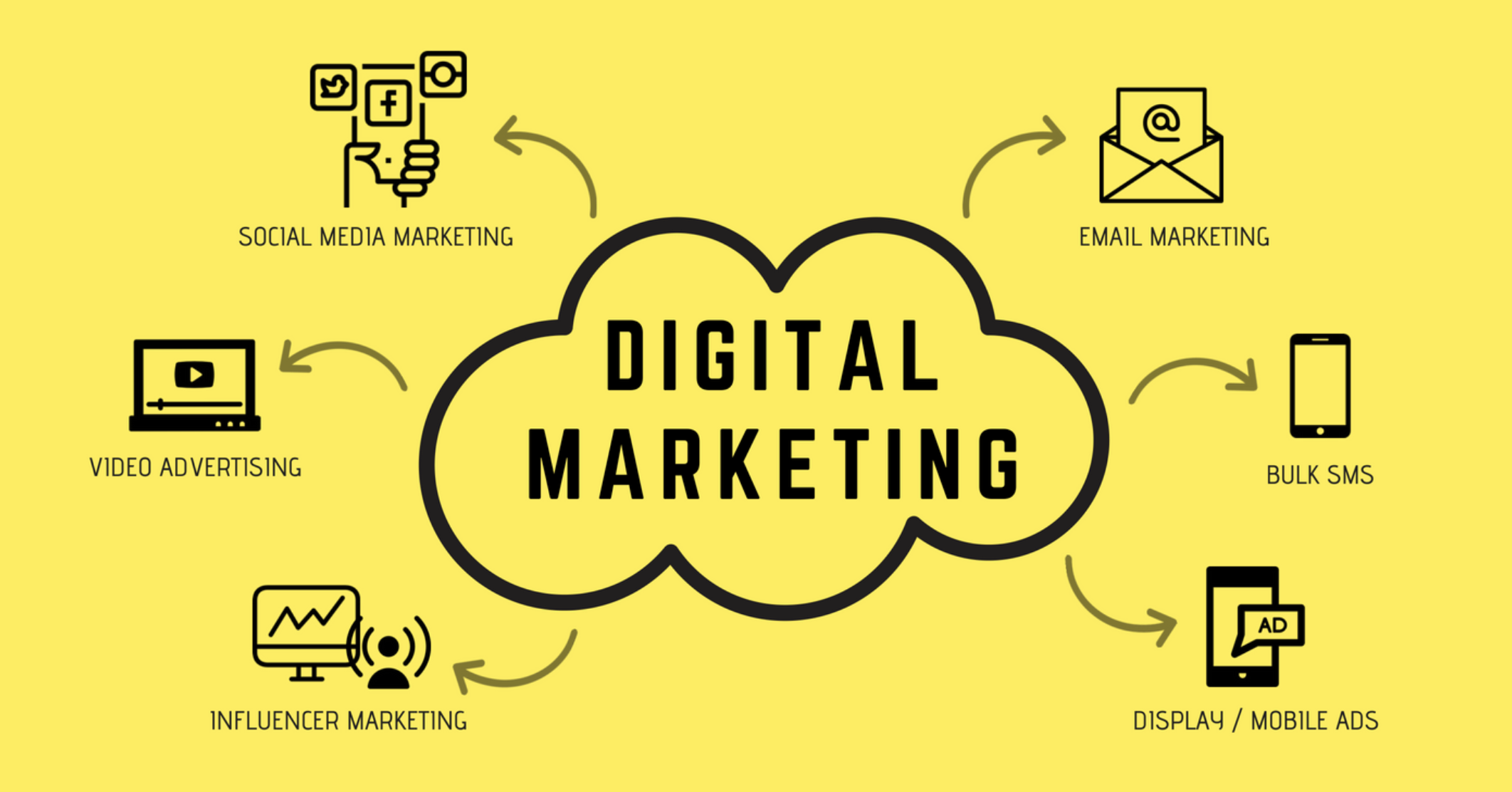
In today’s fast-paced, digital-first world, “content” is everywhere. It fills our news feeds, powers marketing campaigns, educates audiences, and builds brands. But what exactly does content mean?
Though often used in marketing, communication, and media industries, the term “what does content mean” can have many interpretations depending on the context. In this comprehensive guide, we’ll explore what content really means, its various types, its purpose, and why it plays such a critical role in everything from social media to business strategy.
What Is Content?
At its core, content refers to any form of information or experience that is created to be communicated, expressed, or consumed. It can be written, visual, audio, or interactive, and it’s designed to inform, entertain, persuade, or engage an audience.
Basic Definition:
Content is any material—text, image, video, audio, or data—that conveys a message or serves a specific purpose for an audience.
This could be a blog post you read online, a YouTube video you watch, a podcast you listen to, or even a tweet on your feed.
The Evolving Meaning of Content
Originally, the term “content” simply meant the substance or material contained within something. For example, the content of a book refers to the words and ideas inside it.
However, in the digital age, “content” has become a foundational element of communication, marketing, entertainment, and education. It’s no longer just the “stuff” inside something—it is the product.
Platforms like Facebook, YouTube, and Instagram have built billion-dollar businesses around user-generated content. Brands have transformed into media companies, producing content to attract, engage, and retain customers.
Types of Content
Content comes in countless forms. To better understand it, here are the most common types of content in today’s digital world:
A. Written Content
- Articles & Blog Posts: Informative or opinion-based content aimed at educating or entertaining.
- Social Media Posts: Short-form updates, captions, or stories.
- Email Newsletters: Informative or promotional messages sent to subscribers.
- Ebooks & Whitepapers: Long-form content providing in-depth information or research.
- Product Descriptions: Details about items for sale in e-commerce.
B. Visual Content
- Images & Infographics: Visual elements that convey messages quickly.
- Memes: Humorous content often shared virally.
- Presentations/Slides: Structured visuals for educational or professional use.
C. Audio Content
- Podcasts: Audio discussions, interviews, or stories.
- Audiobooks: Spoken versions of written books.
- Voice Assistants: Content delivered through devices like Alexa or Google Assistant.
D. Video Content
- Vlogs: Video blogs capturing day-to-day or themed topics.
- Tutorials & How-To Videos: Educational and instructional content.
- Live Streams: Real-time content on platforms like Twitch, YouTube, and Instagram Live.
- Commercials & Ads: Promotional video content.
E. Interactive Content
- Quizzes & Polls: Engaging tools for learning or entertainment.
- Games: Content created to entertain and engage.
- Augmented Reality (AR)/Virtual Reality (VR): Immersive experiences often used in marketing and training.
The Role of Content in Digital Marketing
In digital marketing, content is not just filler—it’s the engine that drives results. What does content mean is used to attract users, educate leads, convert customers, and retain them.
Content Marketing
Content marketing is a strategic approach that focuses on creating and distributing valuable, relevant, and consistent content to attract and retain a clearly defined audience—and ultimately, to drive profitable customer action.
Some examples:
- Blogs that answer customers’ questions.
- Videos that demonstrate how a product works.
- Infographics that visualize industry trends.
- Case studies that showcase customer success.
SEO and Content
Search Engine Optimization (SEO) depends heavily on quality content. Search engines like Google rank pages based on how helpful, informative, and relevant the content is.
Key elements include:
- Target keywords
- Headings and structure
- Readability
- Originality
User engagement (like bounce rate and time on page)
C. Social Media Content
Each platform—whether Instagram, TikTok, LinkedIn, or Twitter—requires tailored content that fits the audience’s expectations and the platform’s format. Visual appeal, storytelling, and authenticity are key.
5. Why Content Matters
Whether you’re a business owner, creator, student, or consumer, content affects how you interact with the digital world. Here’s why it’s so important:
1. Builds Trust
Consistent, high-quality content helps establish credibility and authority. People trust brands and individuals who deliver value through useful information.
2. Drives Traffic
Content helps bring people to your website or platform through organic search, social sharing, and referrals.
3. Generates Leads
With effective content (like ebooks or webinars), you can collect email addresses, build a subscriber list, and nurture leads through sales funnels.
4. Encourages Engagement
Good content starts conversations, earns shares, and encourages followers to comment, like, and interact.
5. Educates and Informs
From how-to articles to in-depth explainers, content is a powerful way to teach and inform audiences.
What Makes Good Content?
Not all content is equal. For it to be effective, content must meet certain standards. Here are the characteristics of high-quality content:
A. Relevance
The content should align with the needs, interests, and search intent of the target audience.
B. Value
Does it solve a problem? Answer a question? Entertain? Provide new insights? Value drives attention.
C. Clarity
Content should be clear, well-structured, and easy to understand. Avoid jargon and fluff.
D. Originality
Plagiarized or duplicate content won’t perform well—originality builds authority and trust.
E. Engagement
Content should encourage interaction, be visually appealing, and provide a reason for the audience to take the next step.
Examples of Content in Action
Let’s look at how different industries use what does content mean:
Education
- Online courses (video lessons)
- Educational blogs and newsletters
- Academic research shared through whitepapers
E-Commerce
- Product descriptions
- Customer reviews and testimonials
- Shopping guides and videos
Health and Wellness
- Articles on symptoms and treatments
- YouTube workouts and diet plans
- Wellness podcasts and meditation apps
Real Estate
- Virtual property tours
- Neighborhood guides
- Social media reels showcasing listings
Content Creation vs. Content Curation
It’s important to understand the difference:
Content Creation:
This involves producing original content from scratch—like writing a blog post, filming a video, or designing an infographic.
Content Curation:
This means collecting and sharing existing content from other sources, often adding commentary or organizing it in a helpful way.
Both are valuable. Creation shows authority and builds branding, while curation helps keep your audience informed without always producing new material.
Challenges in Content Creation
Content creation isn’t always easy. Common challenges include:
- Writer’s Block: Struggling to come up with ideas or find the right words.
- Consistency: Keeping up a regular publishing schedule.
- Measuring ROI: Knowing whether your content is truly helping your business.
- Standing Out: Competing in a world flooded with content.
Successful creators solve these issues through strategy, tools, planning, and analytics.
The Future of Content
The meaning of content is still evolving. With advances in AI, augmented reality, and virtual worlds, content will become more immersive, personalized, and dynamic.
Trends to Watch:
- AI-generated content (like this article!)
- Interactive storytelling
- Short-form video dominance
- Voice search optimization
- Augmented reality in e-commerce
Regardless of the format or medium, the purpose remains the same: connecting with an audience and delivering value.
Conclusion:
Content is the information we create, consume, and share across all platforms. It’s the heartbeat of communication in the digital world—whether it’s a blog, a meme, a podcast, or a YouTube tutorial.
For marketers, creators, and everyday users, understanding what content is and how it functions is essential to navigating the online landscape. From building trust and driving traffic to educating and entertaining—content is how we connect.
As the internet continues to evolve, one thing is clear: content isn’t just king—it’s everything.






